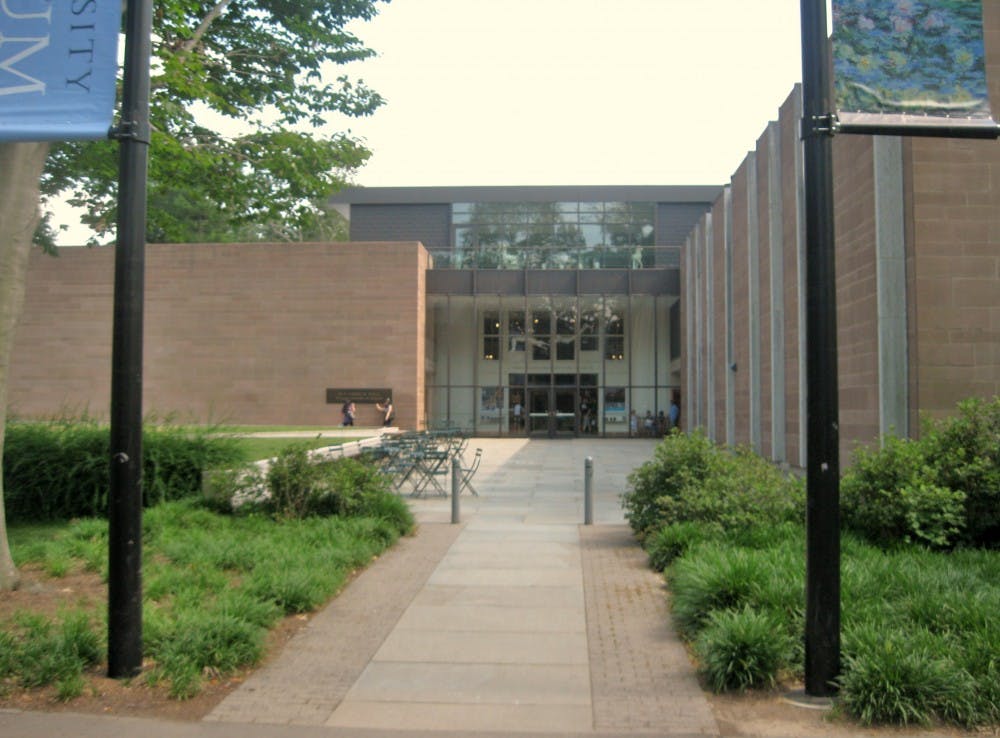Museums are more relevant now than ever. In a country that is so increasingly divided, where we have a president who uses fear-mongering tactics and hateful rhetoric to divide us even more, it is so important to go forth and seek out knowledge for yourself. Lack of knowledge about other cultures and other people breeds hostility, anger, and fear.
Earlier this year, I was talking to a senior friend when I mentioned that I couldn’t meet that weekend, as I was giving a tour at the University Art Museum.
“Oh,” she remarked sheepishly. “Can you believe, in four years being here, that I’ve never even stepped foot inside there?”
This seems to be a similar sentiment among other people I have asked. When I asked my friend about why she hadn’t been there, she said that she had never gotten the time to go and that she had never found art to be the most interesting thing.
In my time as a guide at the museum, which has, admittedly, only been a year, a common perception of art and museums is that of inaccessibility. Attendance at museums has gone down, with fewer and fewer people flocking to see the latest exhibit or attend special events. The reasons for this cannot be stated with certainty, but in 2012, only 21% of the U.S adult population reported visiting a museum or art gallery in the previous year.
Museums offer a way to experience the rich and varied histories of other countries at a fraction of the cost of traveling to those places. Understanding our histories and the stories of other nations is the first step to bridge the gap between us and “the other.” When we can look someone in the eyes, see their history, and recognize them as a fellow human being, it becomes so much harder to harbor hate for them. What art really boils down to, after a few steps, is the millions of stories told throughout history — each work acts as a pinpoint in time, telling us about the place it came from, the person that made it, and the life they might have led.
The experience of a museum, specifically, is so different from a library or classroom. In the words of the former Metropolitan Museum of Art director Thomas Campbell, “Nothing replaces the authenticity of the object presented with passionate scholarship. Bringing people face-to-face with our objects is a way of bringing them face-to-face with people across time, across space, whose lives may have been different from our own but who, like us, had hopes and dreams, frustrations and achievements in their lives.”
Authenticity is the key. Museums offer a way to bring the history and culture we learn in our classrooms to life, painting a picture of something that seems so far away and remote on the pages of textbooks.

The University Art Museum, in particular, is a fantastic and lovely corner of campus. So often, it is easy to forget where you are as you go around in your day-to-day life. This campus has a large amount of history hiding in every corner that can be forgotten as you rush to classes or stress over exams. Take a chance and step into the art museum — let the full force of that history hit you like a ton of bricks. Understanding art means understanding more about yourself and the world around you. And I think that’s worth taking a look at.
Anika Yardi is a sophomore from Gaithersburg, Md. She can be reached at ayardi@princeton.edu.









